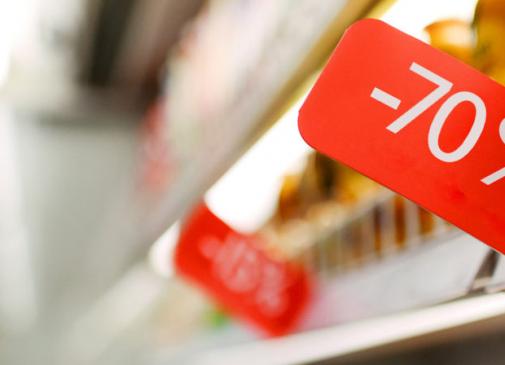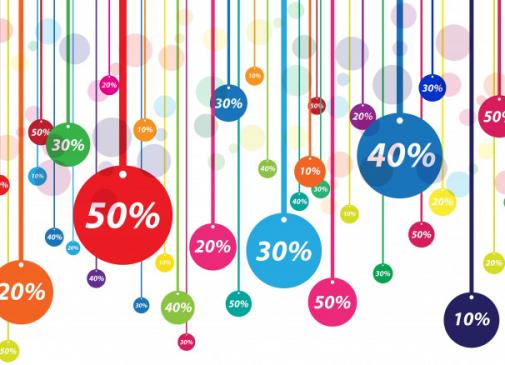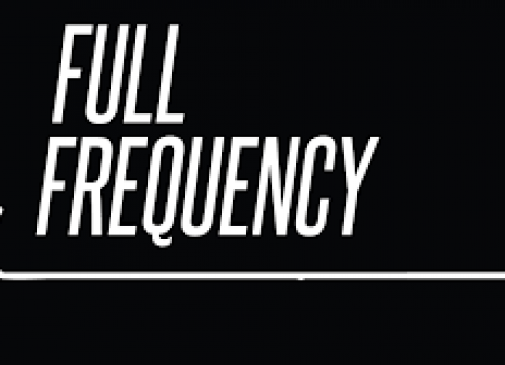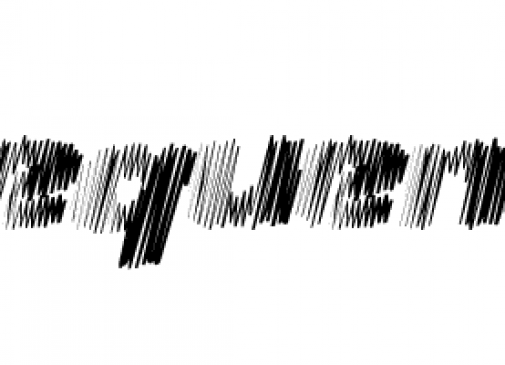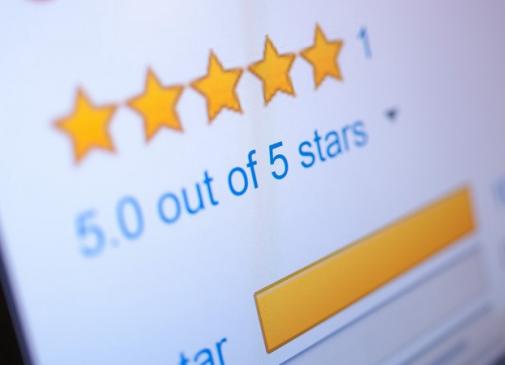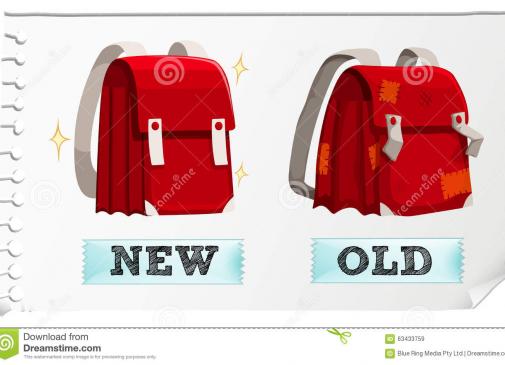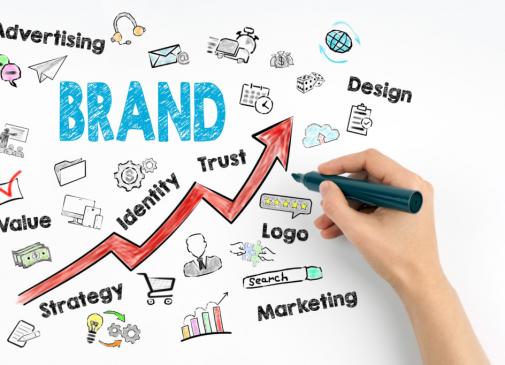In every industry there are some words that make you sound like an expert and are only insiders know what you are talking about (more or less). Retail industry loves all the acronyms and phrases that only sound complicated. The retail jargon can be confusing even for the insiders so we compiled a list of commonly used terms to make sound like an expert too :)
In every industry there are some words that make you sound like an expert and are only insiders know what you are talking about (more or less). Retail industry loves all the acronyms and phrases that only sound complicated. The retail jargon can be confusing even for the insiders so we compiled a list of commonly used terms to make sound like an expert too :)
Here is the first part of it:
- Add on sale: Additional items customers buy due to in store suggestions or promotions.
- AOV - Average Order Value
- Basics: Merchandise that customers need all the time.
- Beginning of the month (BOM) inventory: The inventory in the store at the beginning of the month.
- Big box store: A large store focused on a broad selection and low prices of a specific category of goods. Big box stores typically have few frills.
- Bottom feeders: Customers who buy clearance merchandise, distressed companies in trouble, etc., at rock bottom prices.
- Breadth: The extent of the selection of merchandise in a department such as, for instance, the number of different styles, colors, sizes, etc.
- Brick and mortar: Traditional retailing in a physical business location as opposed to virtual retailing conducted online.
- Cash wrap: Shelving and stands surrounding the cash registers.
- Clearance: Selling inventory at reduced prices at the end of a season or life cycle to move excess stock.
- Closeouts: Merchandise that is no longer being manufactured that is sold at reduced prices to clear out remaining inventory.
- CPG - Consumer Package Goods - consumable goods such as food and beverages, footwear and apparel, tobacco, and cleaning products. In general, CPGs are things that get used up and have to be replaced frequently
- Cross merchandising: Using different lines of goods to help sell each other, for example by displaying them together.
- Deep and narrow: Large quantities of a small selection of merchandise.
- Depth: The number of pieces of merchandise of a specific item or category in stock.
- EAN – European Article Number – Standard for barcodes in Europe
- Endcap: Display at the end of an aisle.
- Event marketing: Promotional plans built around outside events (sporting, charitable, local, etc.).
- Face out: Merchandise is presented on the shelf with its front showing on the shelf. The advantage is that the product is more visible; the disadvantage is it uses up more shelf space.
- Frontage: Section of the store facing the street or pedestrian walkway.
- Generic merchandise: Non-branded products, often copied from branded merchandise but selling for less.
- GS1 – Global System 1 – Non profit organization for building international trade standards.
- GTIN – Global Trade Identification Number – International standard for barcodes
- Initial markup: Difference between cost of goods and the original retail price.
- Inventory: The value of the stock on hand at the store and at the warehouse. Taking inventory is the act of physically counting and recording the quantities of merchandise on hand.
- Layaway: Storing merchandise for a customer for a later purchase usually requiring a deposit and a time limit for complete payment to be made.
- Market share: Sales of a company or product as a percentage of total sales of that category of products in a defined area (i.e., a single store, a town, state, country, etc.).
- Merchandising: Selecting, pricing, displaying, and advertising items for sale in a retail store.
- Open to Buy: Most retailers establish a maximum level of inventory they can afford to have on hand. The Open to Buy is the amount of merchandise the retailer can still buy before reaching that ceiling
- POP - Point of Purchase. Think: in-store.
- Point of Sale (POS): or checkout is the place where a retail transaction is completed. It is the point at which a customer makes a payment
- Point of Sale Materials (POS) - is a specialized form of sales promotion intended to draw the customers' attraction to products. POS displays can include: wobblers, shelf-talkers, stoppers, price tags, packaging, promotional stands, roll-stands, banners, posters, etc.
- Private label: Brands owned by a retailer or retail group rather than by a manufacturer.
- Reach: Number of persons exposed at least once to a message during an ad campaign.
- Run of paper (ROP): Newspaper advertising term that applies to advertisements that the publisher can place anywhere in the paper.
- SOV - The percentage of advertising activities for one brand within the total advertising activity for an entire sector or product type. The measurement of frequency, reach and ad ratings.
- Universal Product Code (UPC): The bar coding system for merchandise.
If you would like to add something or think that something important is missing, get in contact with us.
Next week we will post part 2 of our glossary with more money related terms!

